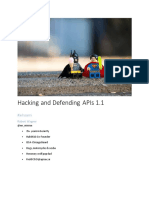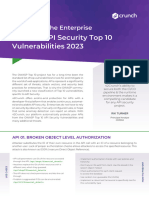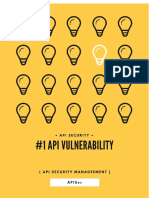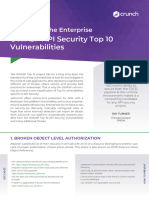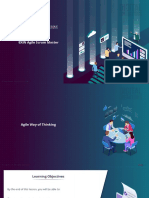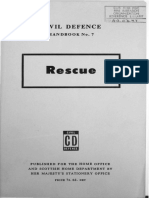0% found this document useful (0 votes)
371 views30 pagesAPIsec University - Become An API Security Expert
The document outlines the ACP Exam for the APIsec Certified Practitioner, consisting of 100 questions covering various API security concepts and vulnerabilities. It includes questions on authentication, authorization, API documentation, and specific vulnerabilities like Broken Function Level Authorization and Server-Side Request Forgery. The exam aims to assess knowledge and understanding of API security best practices and risks.
Uploaded by
nodehivera01Copyright
© © All Rights Reserved
We take content rights seriously. If you suspect this is your content, claim it here.
Available Formats
Download as PDF, TXT or read online on Scribd
0% found this document useful (0 votes)
371 views30 pagesAPIsec University - Become An API Security Expert
The document outlines the ACP Exam for the APIsec Certified Practitioner, consisting of 100 questions covering various API security concepts and vulnerabilities. It includes questions on authentication, authorization, API documentation, and specific vulnerabilities like Broken Function Level Authorization and Server-Side Request Forgery. The exam aims to assess knowledge and understanding of API security best practices and risks.
Uploaded by
nodehivera01Copyright
© © All Rights Reserved
We take content rights seriously. If you suspect this is your content, claim it here.
Available Formats
Download as PDF, TXT or read online on Scribd
/ 30









